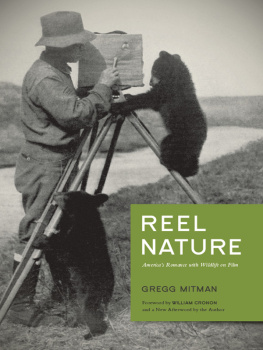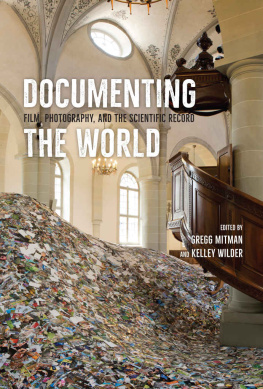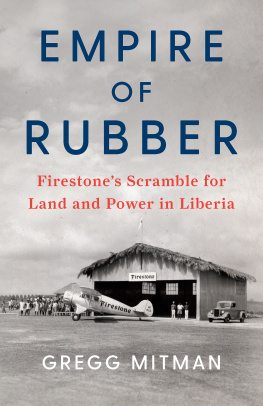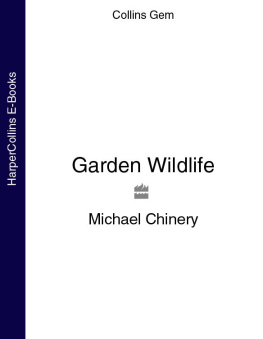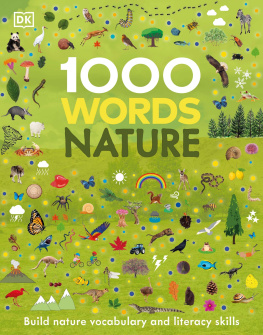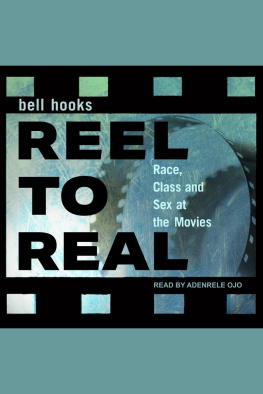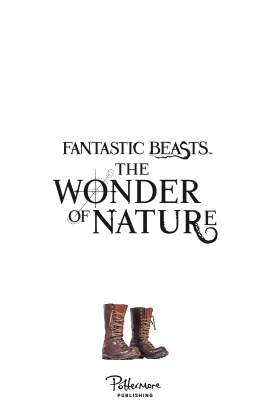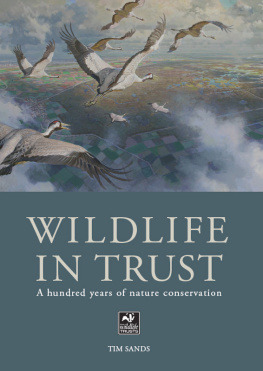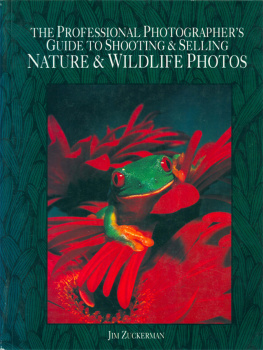WEYERHAEUSER ENVIRONMENTAL CLASSICS are reprinted editions of key works that explore human relationships with natural environments in all their variety and complexity. Drawn from many disciplines, they examine how natural systems affect human communities, how people affect the environments of which they are a part, and how different cultural conceptions of nature powerfully shape our sense of the world around us. These are books about the environment that continue to offer profound insights about the human place in nature.
WEYERHAEUSER ENVIRONMENTAL CLASSICS is a subseries within WEYERHAEUSER ENVIRONMENTAL BOOKS, under the general editorship of William Cronon. A complete listing of the series appears at the end of this book.
REEL NATURE
America's Romance with Wildlife on Film
Gregg Mitman

UNIVERSITY OF WASHINGTON PRESS
Seattle and London
Reel Nature: America's Romance with Wildlife on Film is published with the assistance of a grant from the Weyerhaeuser Environmental Books Endowment, established by the Weyerhaeuser Company Foundation, members of the Weyerhaeuser family, and Janet and Jack Creighton.
Copyright 1999 by the President and Fellows of Harvard College Reprinted as a Weyerhaeuser Environmental Classic in 2009, by arrangement with Harvard University Press
Foreword and Afterword to the Weyerhaeuser Environmental Classic edition copyright 2009 by the University of Washington Press
All rights reserved. No part of this publication may be reproduced or transmitted in any form or by any means, electronic or mechanical, including photocopy, recording, or any information storage or retrieval system, without permission in writing from the publisher.
Library of Congress Cataloging-in-Publication Data
Mitman, Gregg.
Reel nature : America's romance with wildlife on film / Gregg Mitman.
p. cm. (Weyerhaeuser environmental classics)
Originally published: Cambridge, Mass. : Harvard University Press, 1999.
Includes bibliographical references and index.
ISBN 978-0-295-98886-3 (pbk. : alk. paper)
1. Nature filmsHistory and criticism. I. Title.
PN1995.9.N38M58 2009
791.43'662dc22 2009003439
The paper used in this publication is acid-free and 90 percent recycled from at least 50 percent post-consumer waste. It meets the minimum requirements of American National Standard for Information SciencesPermanence of Paper for Printed Library Materials, ANSI Z39.48-1984.
ISBN 978-0-295-80372-2 (ebook)
To Debra
ACKNOWLEDGMENTS
Books, like nature films, are the product of many individuals, whose invaluable contributions and efforts remain hidden behind the scenes only to surface in the acknowledgments or credits. This book is no exception. Although my thanks will never repay the debt I owe to those who made this book possible, it at least gives credit to their influence and role in the creative process.
Without the resources of numerous archive and film collections and the help of on-site staff, this research project would never have been possible. These include the American Heritage Center, American Museum of Natural History, Bodleian Library of Oxford University, British Film Institute, Department of Herpetology Archives in the American Museum of Natural History, Department of Rare and Manuscript Collections at Cornell University, Institut fr Wissenschaftlichen Film, Library of Congress, Lincoln Park Zoo, Marineland, Museum of Broadcast Communications, Penn State Cinema Register, Rice University, Rockefeller Archive Center, Walt DisneyArchives, Western Historical Manuscript Collection at the University of MissouriSt. Louis, Western History/Genealogy Department at Denver Public Library, and the Wildlife Conservation Society. I am especially grateful for the generosity and help Matthew Gies, Madeline Matz, Andrea LaSalla, Tom McKenna, Chuck Myers, Tom Veltre, and Joanne Whaley gave in the use of archive, motion picture, and video collections. Grant support from the National Science Foundation and the University of Oklahoma Research Council provided the necessary funds for research.
My colleagues in the Department of the History of Science at the University of Oklahoma offered the support that enabled me to complete this book in the expected time frame. I am particularly thankful for their graciousness in granting extended research leaves that came at critical points in the writing process and for their intellectual companionship while in Norman. The Department of the History of Science at the University of WisconsinMadison welcomes me every summer. The intellectual and social hospitality they extended during a year spent in Madison is warmly appreciated. To the Shelby Cullom Davis Center for Historical Studies at Princeton University and to my comrades there, I extend a special thanks. The Davis Center and its fellows provided an idyllic atmosphere for the final year of writing and reflection.
Many institutions provided forums for productive intellectual exchange that helped in clarifying my ideas and writing. I am grateful to the history of science and science studies programs at Cornell University, Harvard University, Indiana University, Johns Hopkins University, Max Planck Institute, Oregon State University, the University of CaliforniaSan Diego, the University of Minnesota, the University of MissouriSt. Louis, the University of Pennsylvania, the University of Washington, and Washington University for the opportunity to discuss my work in progress.
Chip Burkhardt, Kevin Dann, Mary Fissell, Betsy Hanson, Karen Merrill, Katherine Pandora, Donald Pisani, Franois Pouillon, and Zev Trachtenberg, in addition to two anonymous referees, offered invaluable advice and criticism on the manuscript that immensely improved the shape and content of the book. Ari Kelman and David Lobenstine offered helpful comments in the final stages of revision. To graduate students in the traveling road showJuan Ilerbaig, Gary Kroll, Karin Matchett, Maureen McCormick, and John SnyderI have a fond appreciation for your willingness to endure such an experiment that was critical to the formulation of many ideas that appear in the book's pages. Thanks also go to John Beatty, Jim Collins, andKevin Dann for their willingness to give it a try. Laurel Smith offered valuable research assistance and enthusiasm at the beginning stages of this project. My colleagues in the Interdisciplinary Perspectives on the Environment ProgramRajeev Gowda, Zev Trachtenberg, and Linda Wallacehave been crucial in sustaining an intellectual atmosphere conducive to interdisciplinary thinking on environmental issues central to this project.

